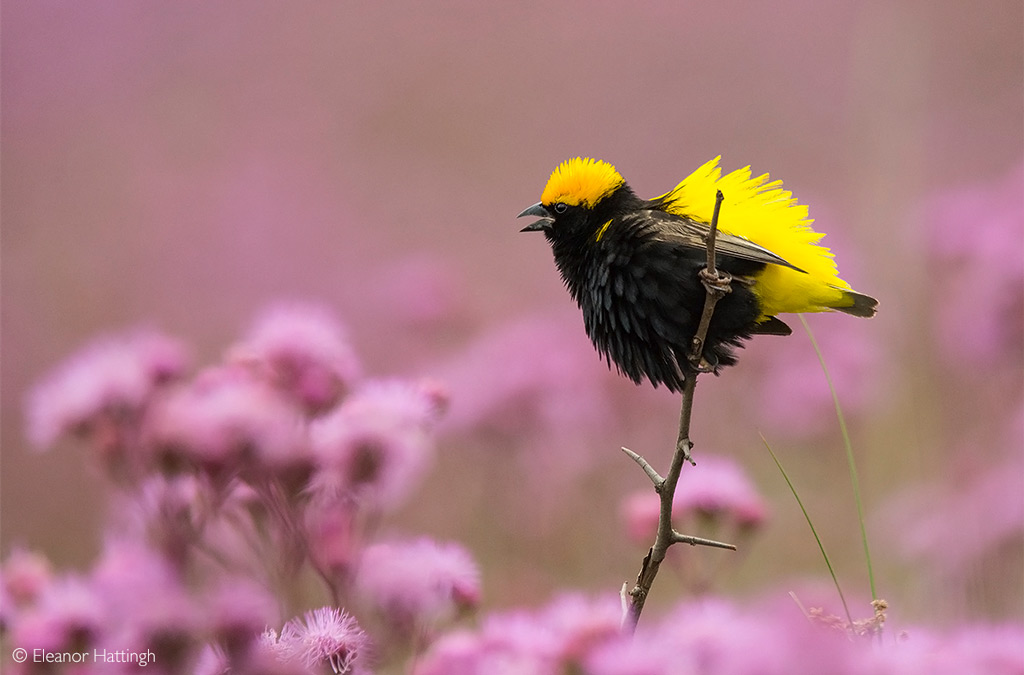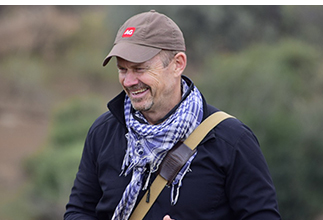
CEO NOTE: 04 June 2021
This is a copy of our weekly email newsletter. Subscribe here to receive the newsletter.
 I am buried deep in research for a future story. My location is currently about midway between bureaucratic bungling and misinformation juiced by algorithms. Or thereabouts. Over to my raconteur colleague James to regale you with his dry wit and immense charm. See you next week.
I am buried deep in research for a future story. My location is currently about midway between bureaucratic bungling and misinformation juiced by algorithms. Or thereabouts. Over to my raconteur colleague James to regale you with his dry wit and immense charm. See you next week.
Keep the passion

Simon Espley – CEO, Africa Geographic
From our Editor-in-Chief
 A few months ago I was going through a trunk of memorabilia when I happened upon a large packet of photographs – yes, printed snaps. All of them were wildlife shots sent by various kind guests in the early 2000s. I don’t want to be unkind here so I’ll just say that none have ever decorated a wall, desk, mantelpiece or even privy in any of the hovels I’ve occupied.
A few months ago I was going through a trunk of memorabilia when I happened upon a large packet of photographs – yes, printed snaps. All of them were wildlife shots sent by various kind guests in the early 2000s. I don’t want to be unkind here so I’ll just say that none have ever decorated a wall, desk, mantelpiece or even privy in any of the hovels I’ve occupied.
Our 2021 Photographer of the Year competition is now closed and we now face the intimidating task of picking a winner and two runners up (to be announced in July). Here are a few thoughts on how we assess the images.
In the days of manual, film cameras, taking a good shot required patience, exceptional knowledge of the camera, the conditions, the animals and a great dose of luck. Now, cameras and editing software are so clever, that just about anyone can take a decent wildlife shot. The result is that what may have been forgiven in the past (slight blur, exposure issues etc), can’t be forgiven now.
Yet, still, most of the principles that defined great shots of the past, define them today: An exceptional prediction of animal behaviour, patience (time), large doses of luck and the ability to tell a story with a picture.
You can see the final gallery of Africa’s wonders below – it’s a long and lovely one so best enjoyed with some good music and drink. A huge thank you to all who entered this year’s competition.
Tourism operations are increasingly offering guests the chance to participate in conservation. In our second story below, two AG tribe contributors share their fascinating experiences of hands-on conservation in the field.
In our final story below, genetic research indicates that there are four species of giraffe and seven subspecies. The research has mighty important conservation ramifications.

Story 1
https://africageographic.com/stories/photographer-of-the-year-2021-weekly-selection-week-21/
BEST PHOTOS
Week twenty-one of our 2021 Photographer of the Year – entries are now closed!
Story 2
https://africageographic.com/stories/conservation-in-action-as-a-tourism-experience/
BEHIND THE SCENES
Experience conservation in action as a hands-on tourist – trip reports from two members of our tribe
Story 3
https://africageographic.com/stories/four-giraffe-species-seven-subspecies-new-research/
CLARITY ON GIRAFFES
There are 4 species and 7 subspecies of giraffe, says new research facilitated by the Giraffe Conservation Foundation
![]() DID YOU KNOW: The largest molecule in nature lives in your body and its name is Chromosome 1 – it is made up of around 10 billion atoms
DID YOU KNOW: The largest molecule in nature lives in your body and its name is Chromosome 1 – it is made up of around 10 billion atoms
![]() WATCH: From the United Nations, a story of Kenyan conservation in the face of the pandemic (3:24)
WATCH: From the United Nations, a story of Kenyan conservation in the face of the pandemic (3:24)
To comment on this story: Login (or sign up) to our app here - it's a troll-free safe place 🙂.![]()






